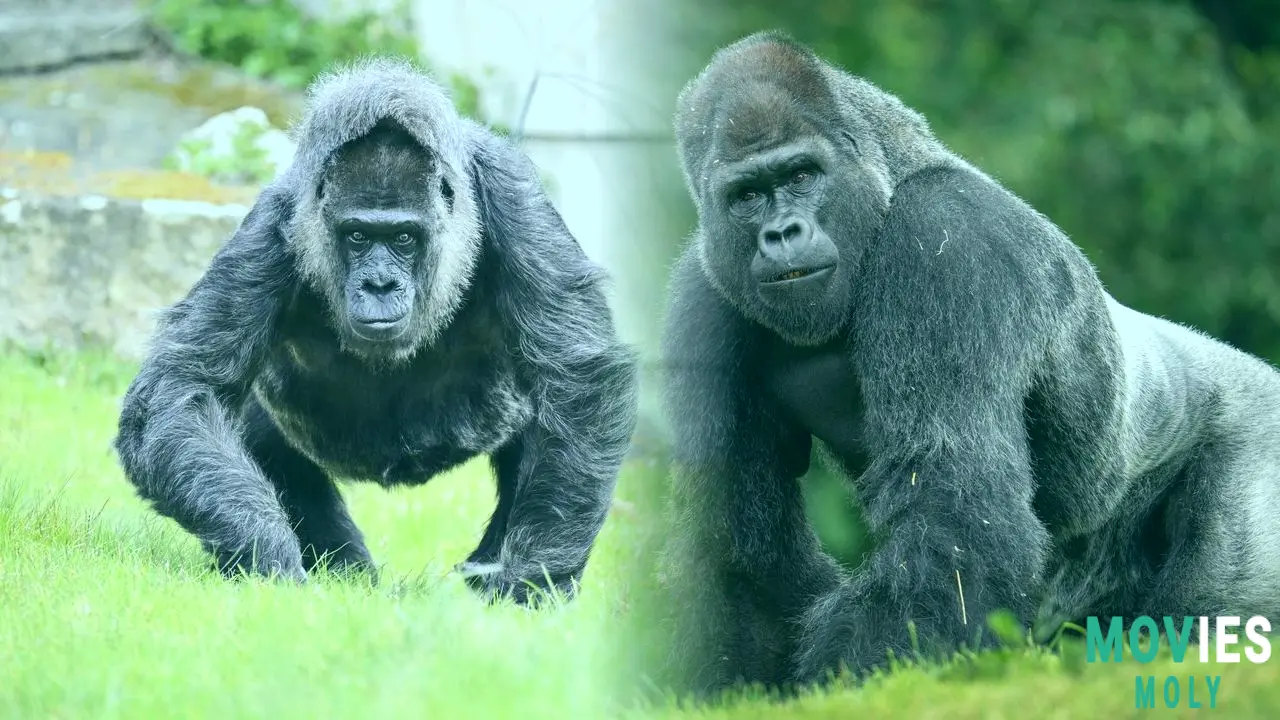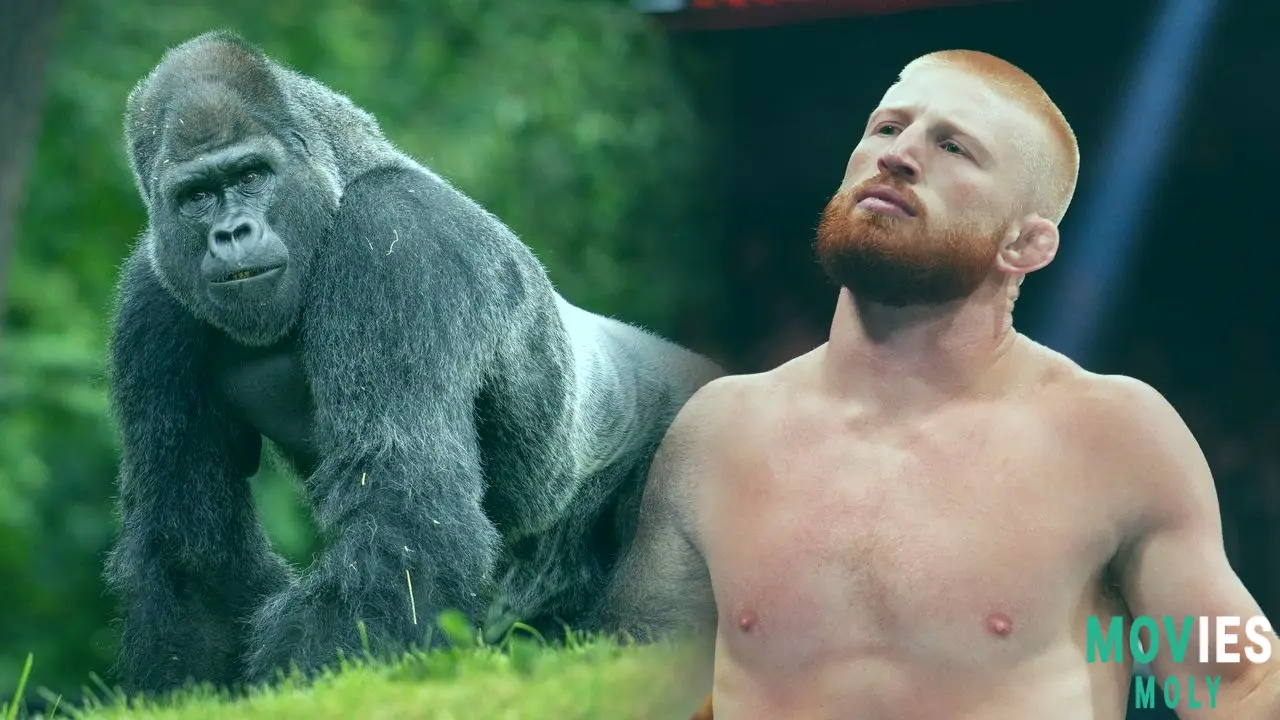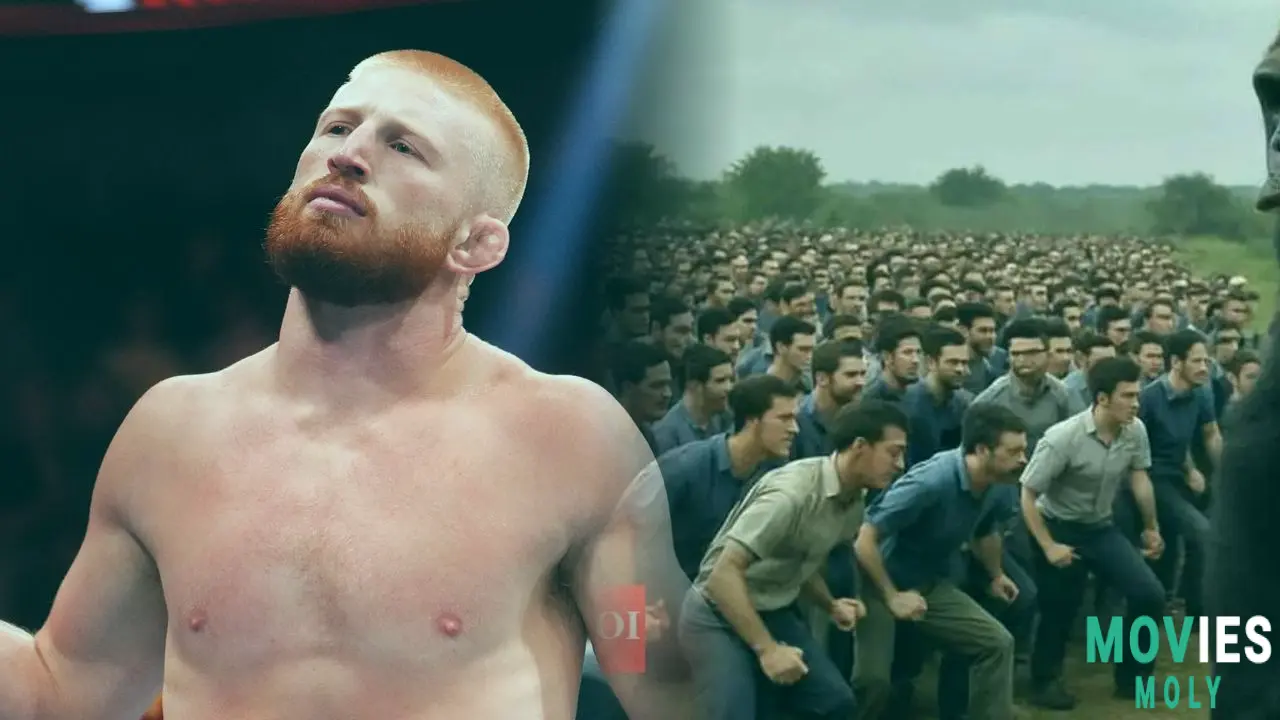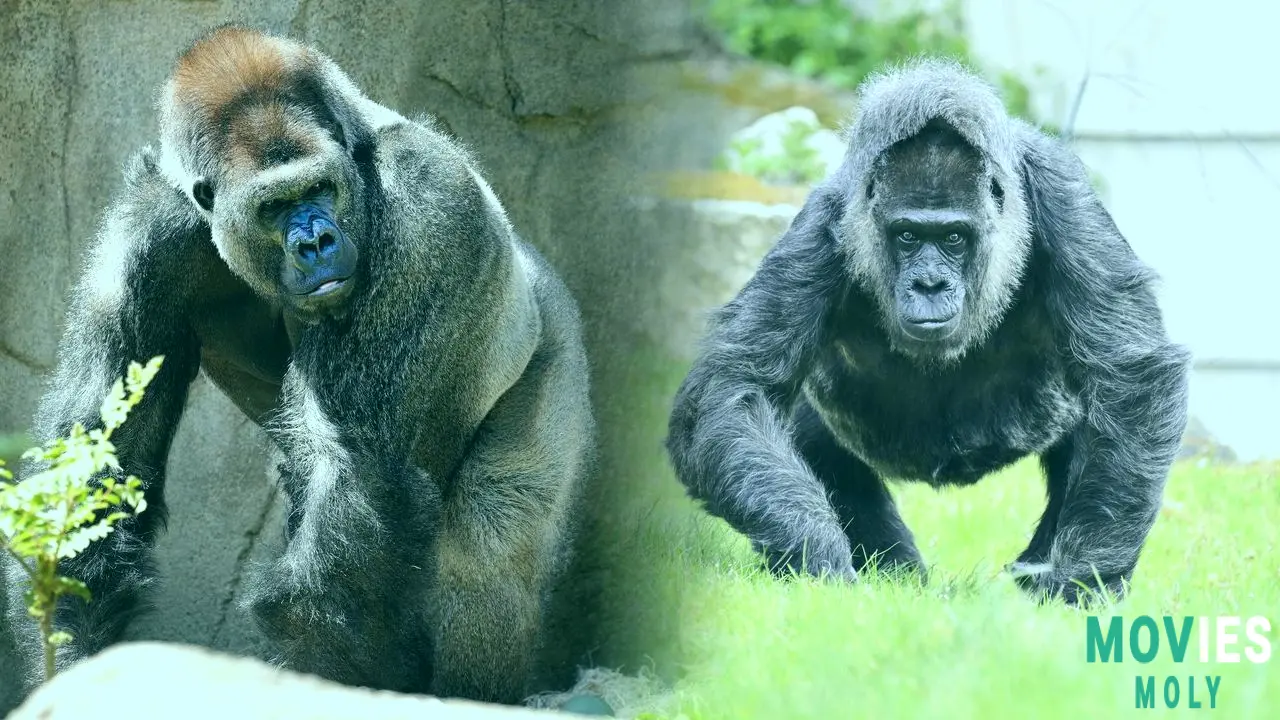In a world obsessed with one-versus-many showdowns—whether in the cage, on YouTube, or across comic book panels—the gorilla has quietly become the symbol of untamed, primal supremacy. Recent internet firestorms, fueled by a wild hypothetical from Mr. Beast’s next big project, have reignited the age-old debate: could one gorilla really take on 100 men? Spoiler alert—biology, history, and a little superhero logic say it’s not even close.
Why The Gorilla vs. 100 Men Challenge Captured The World’s ImaginationBefore Bo Nickal steps back into the Octagon at UFC Des Moines, the wrestling phenom-turned-MMA star has thrown his hat into a bizarre but strangely fitting ring. The YouTube titan Mr. Beast, known for pushing the limits of human endurance and creativity, floated an idea so outlandish it’s become impossible to ignore: a 100-versus-1 fight against a gorilla. Not inside a cage, but for content that blurs the line between entertainment and existential question.
Nickal, with his legendary grappling credentials from Penn State and unbeaten UFC streak, hasn’t just acknowledged the challenge—he’s embraced it. And in doing so, he’s tapped into a cultural vein that runs deep through the fabric of human storytelling. From Planet of the Apes to King Kong, the lone ape against the multitude has always symbolized more than just brute force—it’s about nature’s defiance against human hubris.
The Science Behind The Strength: One Gorilla Is A Biological Titan

Let’s break down the numbers, because in this case, data is as revealing as it is humbling. According to experts at Nyungwe Forest National Park, an average silverback gorilla possesses strength equivalent to more than 20 adult men. While a well-trained human might max out at lifting 881 pounds, a silverback can effortlessly hoist 1,796 pounds. That’s not just stronger—it’s in a different weight class.
And strength is only part of the story. One punch from a gorilla is likely to cause an immediate concussion. Human skulls and skin are no match for the thickness and resilience of gorilla anatomy. Offensive strategies that rely on numbers quickly fall apart when the first strike can incapacitate multiple opponents in seconds.
Throw in a bite force of 1,300 psi—ranking fifth in the animal kingdom—and you’ve got a combatant built by evolution to dominate close-quarters encounters. This isn’t a hypothetical hero with superpowers; this is nature’s own juggernaut, sculpted over millennia to protect, fight, and survive in dense, unforgiving environments.
One vs. Many: The Gorilla As Nature’s Solo Superhero

The idea of 100 men fighting a gorilla naturally invites questions about strategy, coordination, and human advantage. But even with planning, humans are biologically outmatched. The gorilla’s reflexes, endurance, and sheer combat instinct make it the ultimate lone wolf—or rather, lone silverback. This dynamic flips the usual “strength in numbers” trope on its head, much like how Marvel’s Kingpin can take on entire gangs with sheer technique and willpower.
It’s this paradox that makes the gorilla such a compelling figure in modern myth-making. Not as a villain, but as a force of nature. One that can’t be overwhelmed by quantity because it operates on a different level of quality—strength, intelligence, and instinct fused into one powerful package.
From Khabib Wrestling Bears to Nickal Taking On Gorillas—Humanity’s Quest For Ultimate Combat

Bo Nickal’s willingness to engage with Mr. Beast’s gorilla challenge isn’t just a stunt—it’s part of a larger narrative in combat sports and human psychology. Just as Khabib Nurmagomedov trained by wrestling bears in Dagestan, fighters like Nickal seek to test themselves against the most extreme forms of opposition, real or symbolic. Grappling with a gorilla—figuratively or literally—represents the ultimate measure of man versus nature, skill versus strength, and courage versus instinct.
And while Nickal continues to climb the middleweight ladder, calling out fighters like Khamzat Chimaev and questioning the very fabric of MMA grappling hierarchies, his potential involvement in a gorilla-themed spectacle could elevate his persona beyond the cage. It’s a chance to merge athletic legitimacy with cultural mythos—a blend that comics, movies, and now YouTube crave.
Gorillas Aren’t Just Animals—They’re The Untamed Heroes Of Our Collective Imagination

Whether or not the gorilla vs. 100 men video ever comes to fruition, the conversation it sparked reveals something deeper about how we view strength, solitude, and survival. Gorillas, long typecast as simply “big and strong,” are now being reimagined as the ultimate one-beast army—creatures who don’t need numbers to dominate, and who embody a form of natural heroism that human teams can’t replicate.
In a media landscape obsessed with ensemble battles and team-ups, the gorilla stands alone. And that, perhaps, is its greatest power of all.





